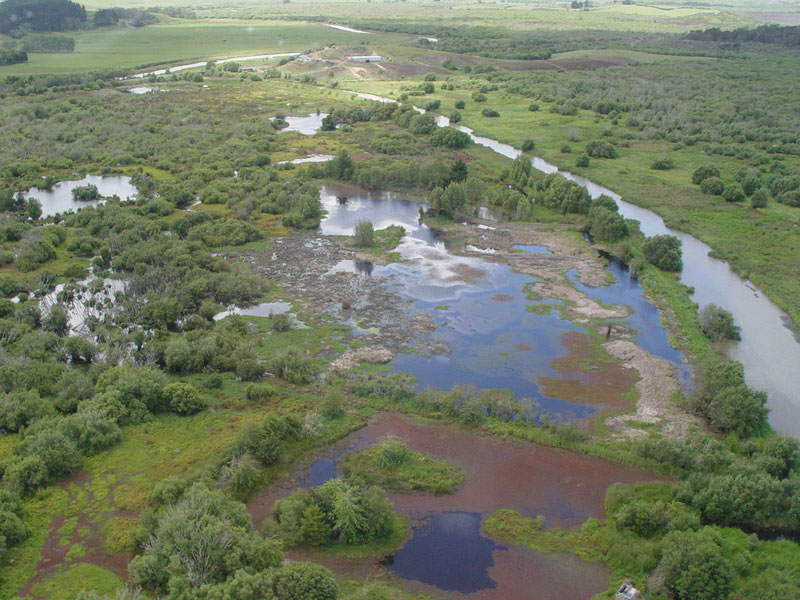Ramsar Wetlands
The value of wetland sites
The value of wetland sites around the world was formally recognised in 1971 when the Convention on Wetlands of International Importance was signed in the Iranian town of Ramsar. To date, this is the only international convention on an ecosystem type.
The anniversary of the Convention’s signing is celebrated on World Wetlands Day, February 2nd every year. At the start of 2020 there were 171 countries as signatories to the convention, with 2414 wetlands covering more than 250 million hectares designated as sites of international importance.
The Ramsar definition of wetlands includes:
- swamps and marshes
- lakes and rivers
- wet grasslands
- peat bogs
- oases
- estuaries, deltas and tidal flats
- coral reefs
- humanmade sites such as fish ponds, rice paddies, reservoirs, and salt pans


The Ramsar Convention
The Ramsar Convention encourages the “wise use” of wetlands, so that they can be sustained economically, socially and environmentally.
Ramsar sites around the world acknowledge the flyways of migratory birds. Migrating birds visiting New Zealand’s wetlands are a constant reminder of our global connections, with some birds travelling distances of 12 thousand kilometers nonstop from the Arctic.
New Zealand has seven Ramsar sites
(internationally significant wetlands)
- Farewell Spit at the top of the South Island
- Firth of Thames in the Hauraki Gulf
- Kopuatai Peat Dome on the Hauraki Plains
- Manawatu Estuary near Foxton
- Awarua Waituna Lagoon in Southland
- Wairarapa-Moana east of Wellington
- Whangamarino wetland in the northern Waikato
The NWT has produced a full colour booklet on five of our Ramsar sites. It gives a snapshot of their main features, highlights some of the special wetland bird, plant and animal species, and includes stories of those who live, work and study around the wetlands. Maps of each wetland outline their distinctive characteristics and how to visit them.
- Contact us for a copy of “Our Wet and Wild Places” ($10 per copy)
- Download a factsheet on Ramsar sites by the Department of Conservation (DoC).
- Or see New Zealand’s Ramsar sites on Google Earth.




















